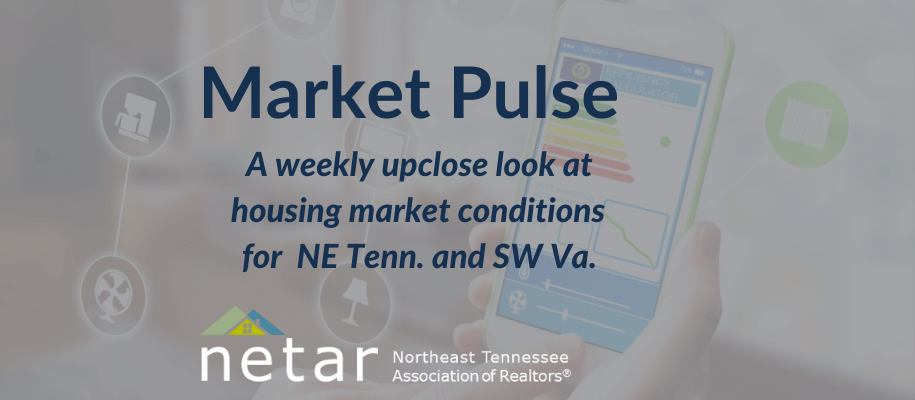Tri-Cities housing affordability by the numbers
Don Fenley
GRAY, Tenn. – One of the biggest threats to the Tri-Cities housing market is not higher mortgage rates or inflation. It’s affordability.

Home prices have increased at a tidy clip since 2016 when the current existing-home sales climbed out of the Great Recession. Housing was the Golden Boy of the Tri-Cities economy. It led the region out of the recession and powered it through the pandemic.
Back in 2006, the Washington Co. median home price was $125,699. Half of the buyers were paying more, half were paying less. The typical mortgage payment was $540, and the average worker pocketed $38,870 a year. Buyers were spending a little over 16% of their income on housing. It was a comfortable economic situation since the top-end percentage of income spent on housing is 25%.
The region’s largest housing market – Sullivan Co. – was in a similar cocoon. A typical household was spending a little over 11% of its annual income on housing. The annual wage was $45,604, and the typical mortgage payment was $427.
Since then, home prices have increased at a faster pace than what was normal.
By the end of 2021, the typical Washington Co. mortgage payment had increased by 129.6% to $1,240. At the same time, wages increased 27%. The bottom line is the typical buyer was spending 30.1% of their income on housing. Washington Co. no longer enjoys the status of being an affordable housing market.
During the same period, the Sullivan Co. housing market growth was more robust. The typical mortgage payment increased 142.4% to $1,035. But wages increased only 25.6%. The percentage of income a buyer had to spend on housing was 21%. It’s still in the affordable zone. But the county’s home price index has ebbed for 26 straight quarters.
There were many moving parts to what drove home prices so high, so fast. Back in 2016, the region was barely attracting enough new residents to maintain the population status quo. New residents are necessary because the Tri-Cities has a rapidly aging population, and the death rate is higher than the birth rate. There’s also an out-migration of young people.
The new residents thing changed during the pandemic. People began looking for places to escape the major metros and high-tax areas. They wanted a better quality of life and more affordable housing. The Tri-Cities had it in spades. The rest is history. As newcomers added to the organic pent-up housing demand, excess housing inventory was snapped up.
What hasn’t kept pace is wage growth. This is becoming an especially problematic issue for what’s classified as workforce housing. Simply put, the lower and middle rungs of the region’s dominant service economy are being priced out of the housing market. The short-term implications for the economy and housing market are not good. The long-term implications are even grimmer.
NETAR is the voice for real estate in Northeast Tennessee. It is the largest trade association in the Northeast Tennessee, Southwest Virginia region, representing over 1,800+ members and 100+ business partners involved in all aspects of the residential and commercial real estate industries. Weekly market reports and information for both consumers and members are available on the NETAR website at https://netar.us
